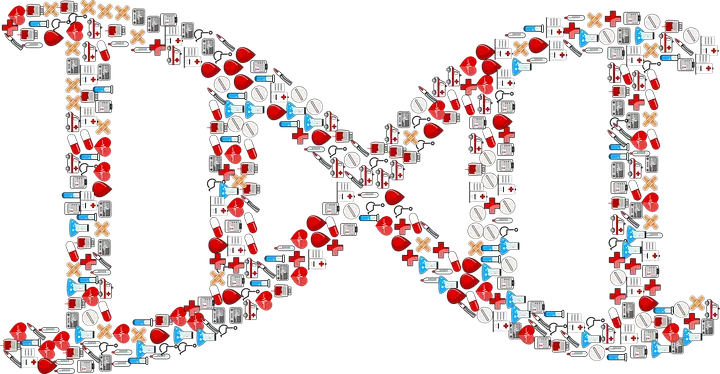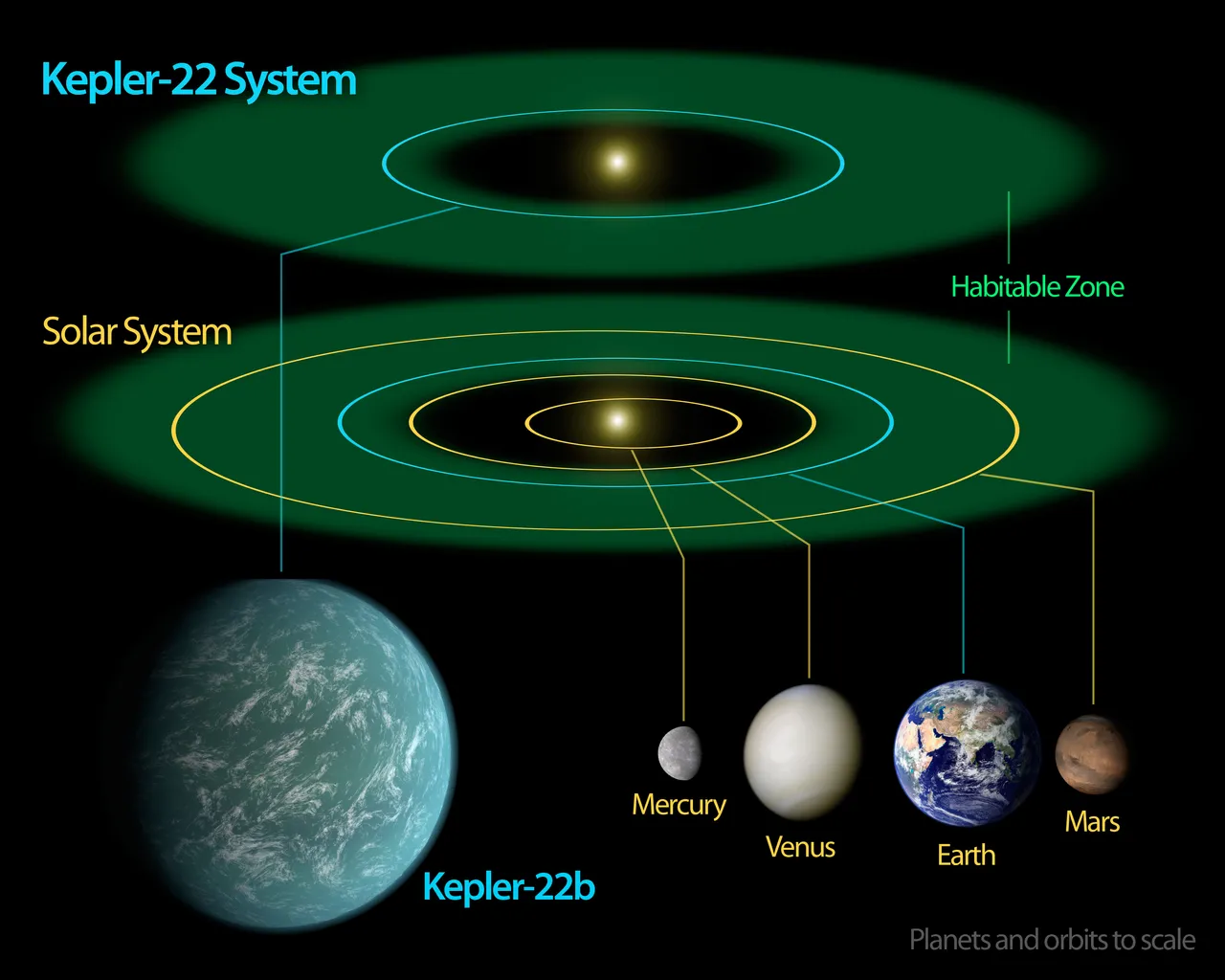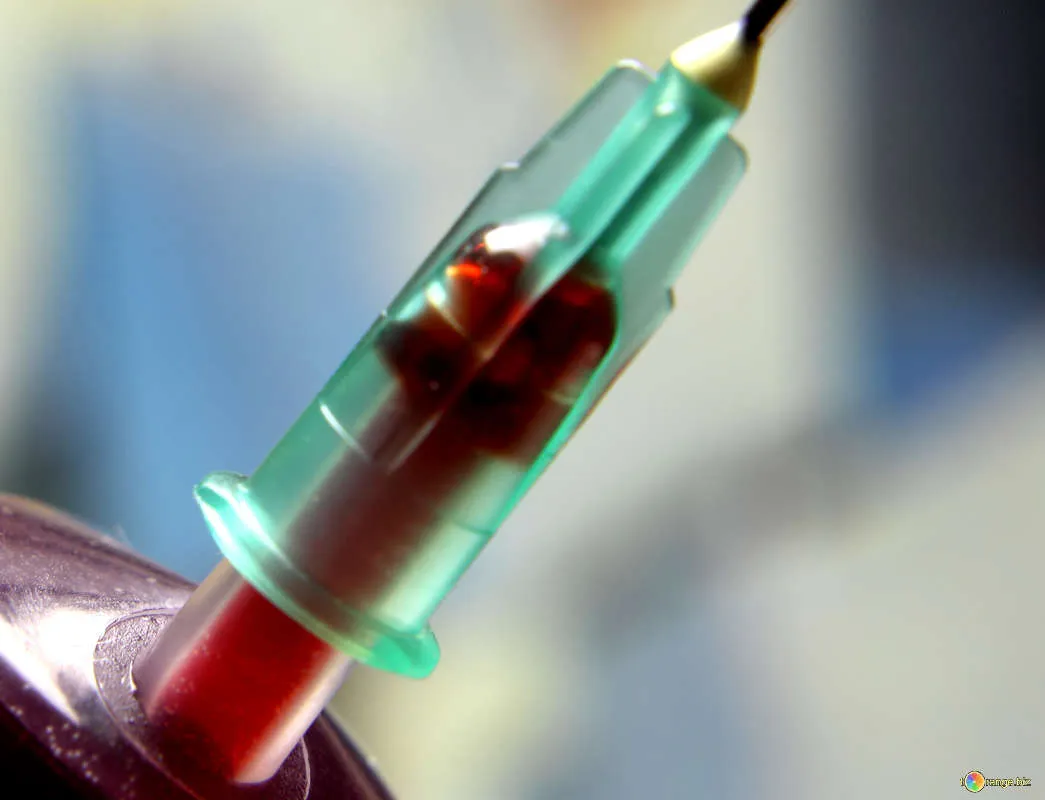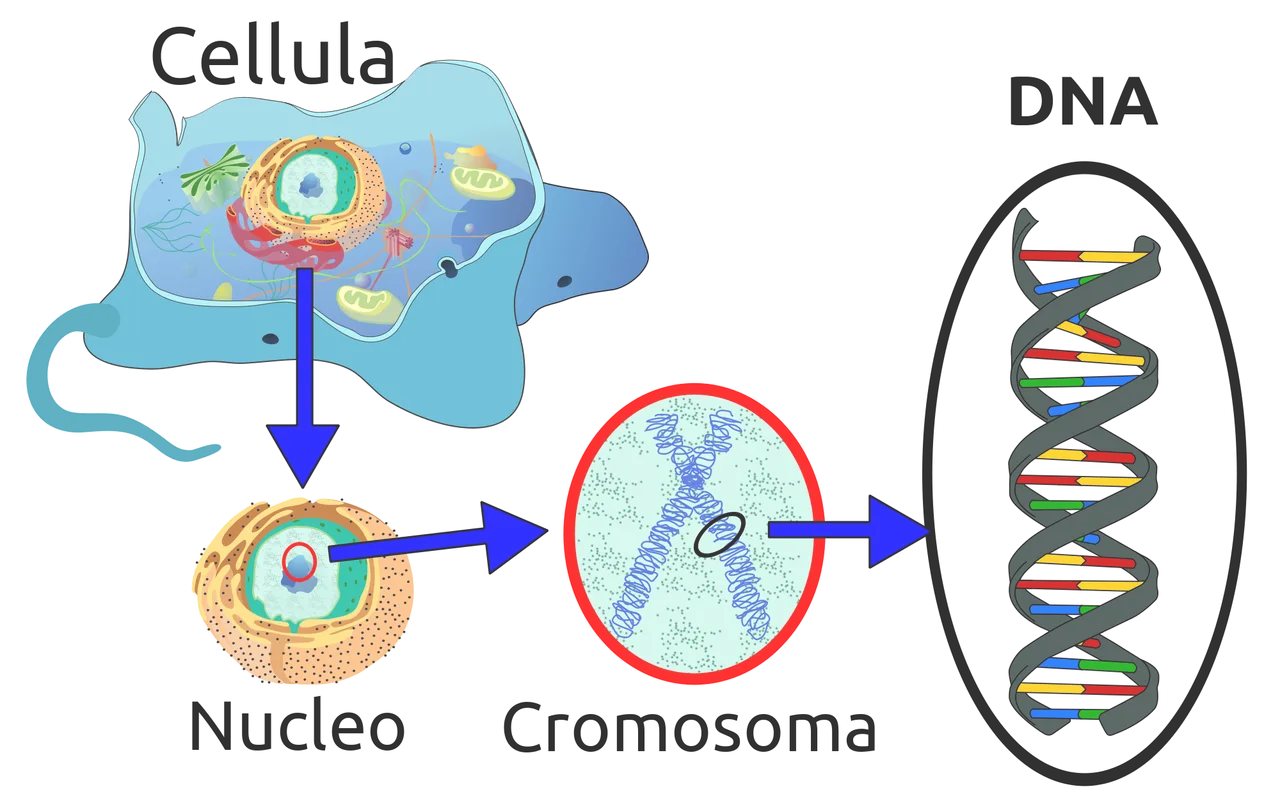We have searched for life everywhere else in the Milky Way but there does not seem to be life as we know it anywhere else.

That the conditions necessary for life to exist and thrive on earth were so precisely met by everything concerning the position, temperature, size, weight and shape of our earth is what scientists call The Goldilocks of Earth.
And this means that everything is just right. Furthermore, the way in which atoms assembled themselves in such a willing manner to make up the substances and proteins which make up the cells in our body that resulted ultimately, even though for a short while, to a human is not only tenuous, it is unlikely. The smallest variation from this arrangement would not support life. This is the point where I would say, Don't even get me started on the DNA but there is where I want to get started!
Deoxyribonucleic Acid, Transfusion and Birth
Recently, a friend of mine was in an accident and when they checked her phone, I was the last person she had called so the nurse called me again. How cool! I became a de facto emergency contact immediately so I drove down there to see how I could help. Blood. They needed to have blood from the blood bank in order to prepare for an emergency surgery. Okay, does it mean that I have to pay for it or something? No sir, they declared. Blood is not for sale. It was a federal government medical center (if you know, you know :)). Oh, okay so how do we get my friend some pints of blood? (I wonder why beers and blood are both measured in pints). I was informed that I needed to have my blood screened and grouped to see if I could donate, then I should find one other person that could donate too. Oh oh.
I felt healthy enough to give them some of my blood but I hated the process. I like my skin a little too much to be completely okay with someone vandalizing it with needles but what could I do: it was an emergency. It turned out that my hematocrit value was 52%. Did you know that the normal hematocrit value for an adult male is 42 - 54%
So, apparently I could donate two units of blood if I wanted and I did. I felt fine, contrary to everyone's expectation except mine. They did their surgery and my friend was given my blood. After the surgery I went to see her and she was still her usual carefree person. "This people aren't serious," she said. " They just kept filling me up with someone else's blood. Being a science student who knows a thing or two about DNA, I kept expecting her to behave a little like my sullen self but I have been disappointed ever since. So how can she take my DNA and not behave like me a little bit?
DNA and Transfusion
Studies on these matters reveal that the DNA of a donor in a blood transfusion would persist for only a number of days, even though it stays for longer sometimes.
But the presence of the DNA is unlikely to cause any changes in the genetics of the recipient. Furthermore, red blood cells are the primary component of transfusions and they have no nuclei which houses DNA and therefore, they posses no DNA. However, it is also true that transfused blood contain up to 1 billion cells of white blood cells (Stubborn rascals that host DNA-containing white blood cell) when the blood is not filtered to remove white blood cells. Using a process called polymerase chain reaction (PCR), researchers were able to demonstrate that a female trauma patient that received large transfusions showed presence of the donor's white blood cells for up to eighteen months. However, in general, results show that the transfusion receipient's own DNA asserts dominance making the effect of the donor's DNA of no consequence.
But, does a donor's DNA affect the recipient's body during the time it remains in the body?
If you are like me, you would be distastefully sentimental about the idea of another person's blood flowing through your veins. But when you consider the possibility that they may also give you diseases or even their DNA which may cause a permanent modification to your genetic make-up, screwing up the possibility of you remaining you, no one would blame you for becoming a little jittery. I know I would. But relax. In most developed countries, blood used in transfusion usually go through leukoreduction (which removes the DNA-containing leukocytes). Secondly what remains of the leukocytes would generally just stick around in the blood until they die and are replaced by the recipient's cells. So, the DNA contained in the nuclei of the recipients cells where they can make changes to their DNA. One way that transfusions can be harmful, apart from the precautions which are ruled out by testing and screening, is the possibility that it affects the immune system of the patient. This is due to the presence of cytokines and the actions of the donor's white blood cells.
However, (don't you just like the fact that life always presents exceptions?) when a single individual has received so much transfusion products, it is possible to experience a mild modification in their DNA, such that more than one set of DNAs are identifiable in the individual, due to actions of the donor cells. This is called Chimera (pronounced as "ky-mer-a") or microchimera, in this case or in the case of new mothers.
What is Chimera?
If you asked someone from my part of Nigeria what chimera is, the person would not hesitate to replace the last "a" with and "e" and tell you that it is a person's name which means, "God did it". A Greek scholar would tell you about a monster from Greek mythology which breathes fire and is part lion, part goat and part dragon. But if you ask a specialist in the field of genetics, you may learn that it is a medical condition in which an individual has two distinct sets of DNA. This was thought to have been a rare condition but recent studies show that they are not as rare as we thought.

How Chimera Occurs
Need I state that the DNA contains the genetic code which makes each individual unique? Well, a chimera is someone who carries two distinct sets of DNA, that each has a genetic code that can make a completely different person. Apart from possibly having a skin (or fur) pigmentation which divides the body into right and left sides, there could also be slight difference in size between the left and right side and a bunch of autoimmune problems caused by disagreements between the two different DNA sets housed in one body. The occurrence of this condition is called Chimerism.
Two conditions that may result in chimerism have been mentioned namely: repeated and regular transfusion and childbirth. Bone marrow transplant may also result to chimerism but all these are microchimerism which could wear off with time. Tetragametic chimerism, the most rare of all types of chimerism, occurs when two eggs are each fertilized by a separate sperm. At this point, the fertilised eggs fused into a single zygote with two distinct DNA and genetic code. The result is that the child would develop and be born a chimera who may often have eyes with different pigmentation each, patchy skin and two different red blood cells.
As Muphy's law put it, if there is a chance that something would go wrong then it will go wrong. So apart from the above distinctions, some chimeras are born with ambiguous genitalia and it is not difficult to imagine what happened in this cases since tetragametic chimerism literally involves one zygote swallowing the other.
Conclusion
Life is delicate but at the same time surprisingly balanced and stubborn. It is natural to have that icky feeling when conditions require you to receive blood from another individual. While there are risks associated with blood transfusion, most of the risks have been mitigated by advances in medicine and medical technology. The residual risks include immunosuppression due to actions of the donor's white blood cells. However in rare cases, a recipient may have microchimerism due to repeated and regular transfusion. Tetragametic chimerism is a rare form of chimera in which one of two eggs fertilized by two different spermatozoa, swallows the other one and produces an organism with two distinct DNAs. The individual may have patches that divide their body into two halves, may have different eye pigmentation for each eye and may suffer autoimmune challenges due to the warring genes but this can be managed and the individual can live a normal life. Chimerism can occur in other mammals such as mice and cats.
An obvious fallout of this is that DNA identification, which relies heavily on each individual having a unique DNA, would often give misleading result in cases where a bone marrow recipient has some cells containing the DNA of the donor. If the recipient commits a crime, DNA identification would lead to the arrest of the donor while the recipient walks unless there are extenuating circumstances.
References
Scientific America | Donor Blood Transfusion
Wikipedia | DNA
Eurekaalert | Could Blood Transfusion Cause Harm?
Livescience | What is Chimerism? Fused Twin
Wikipedia | Cytokine
EMedicineHealth | What is Haemoglobin?

If you write STEM (Science, Technology, Engineering, and Mathematics) related posts, consider joining #steemSTEM on discord here. If you are from Nigeria, you may want to include the #stemng tag in your post. You can visit this blog by @stemng for more details. You can also check this blog post by @steemstem here and this guidelines here for help on how to be a member of @steemstem. Please also check this blog post from @steemstem on proper use of images devoid of copyright issues here



